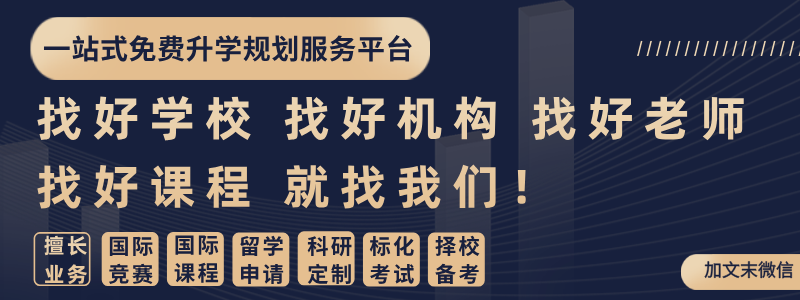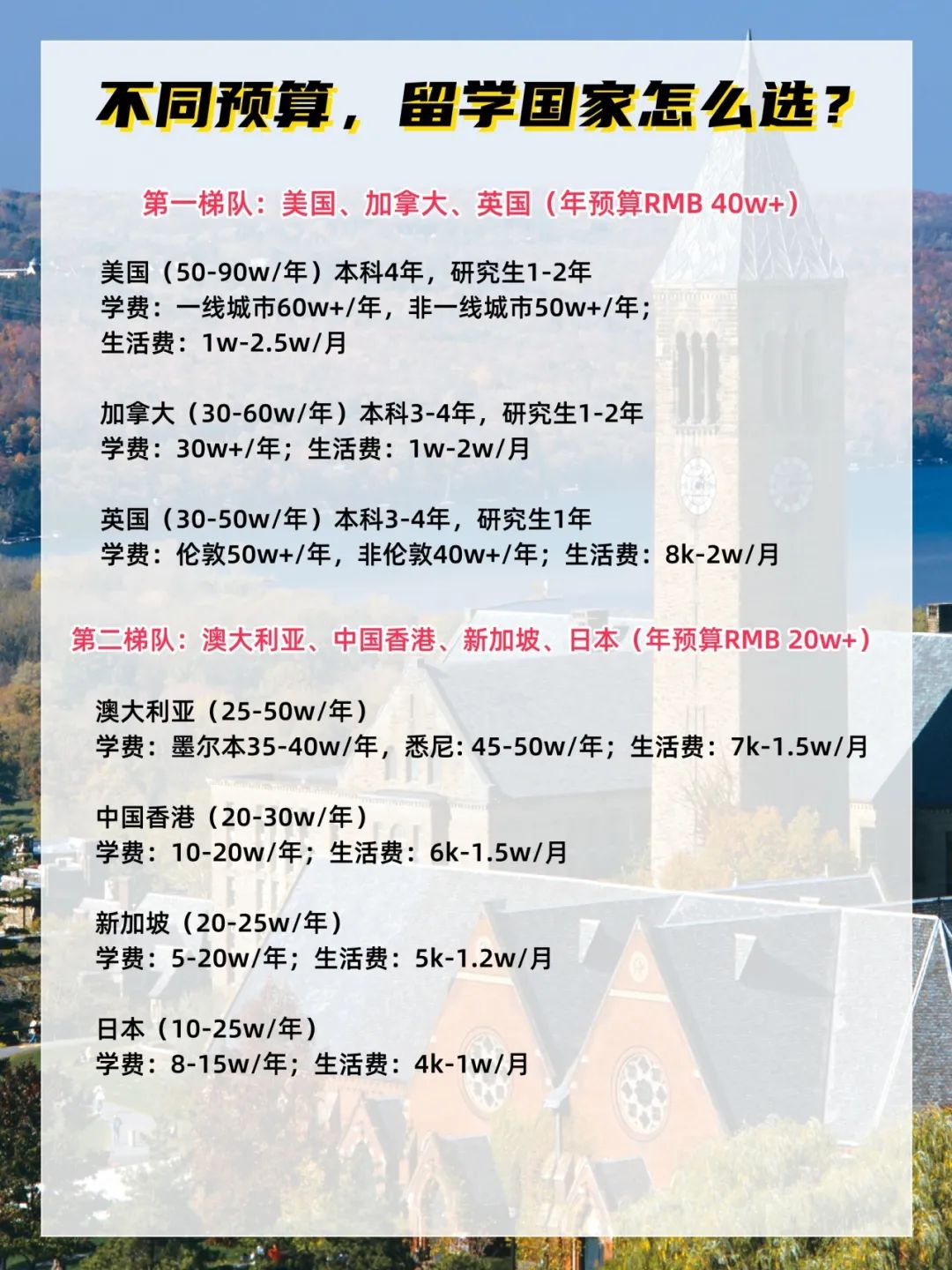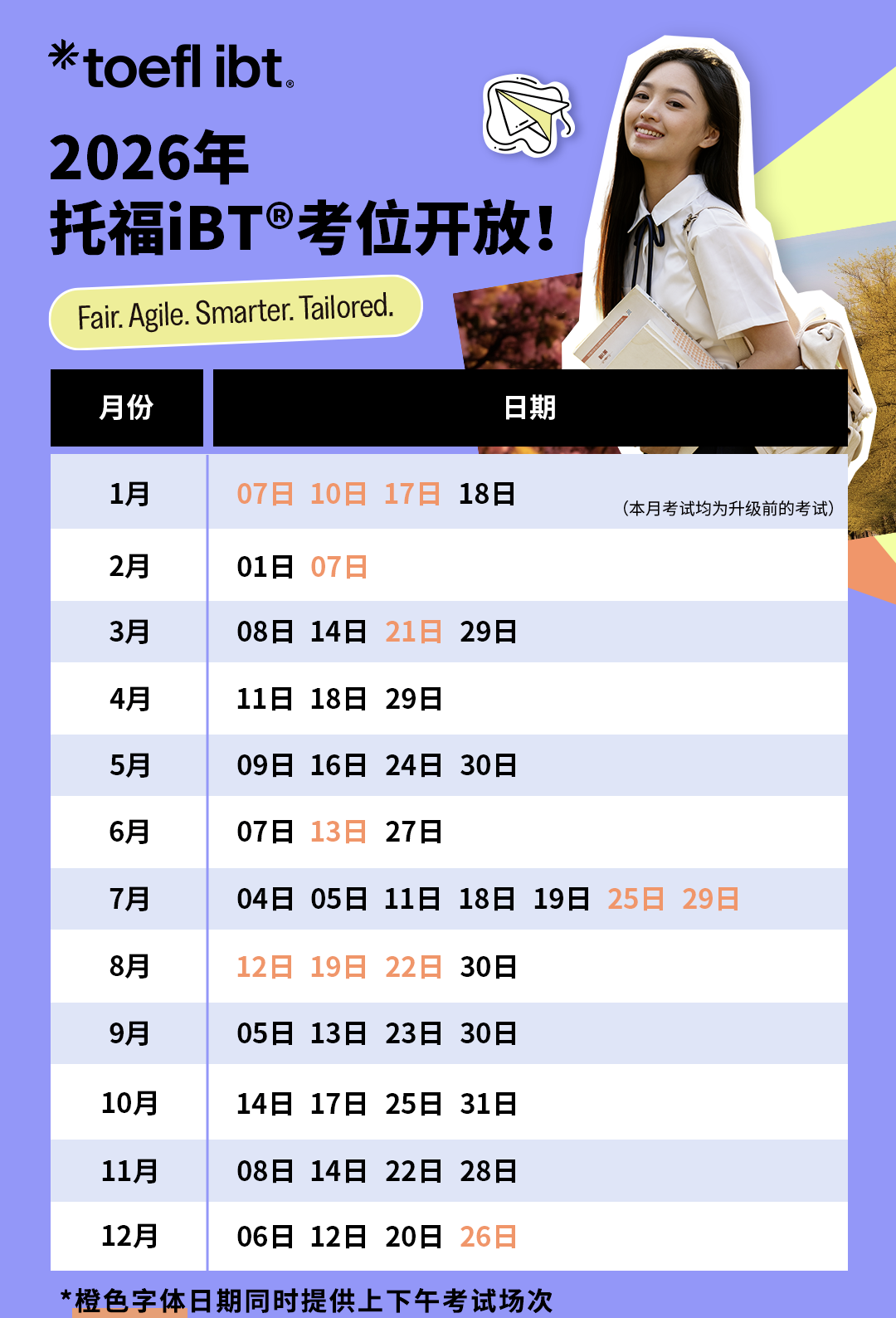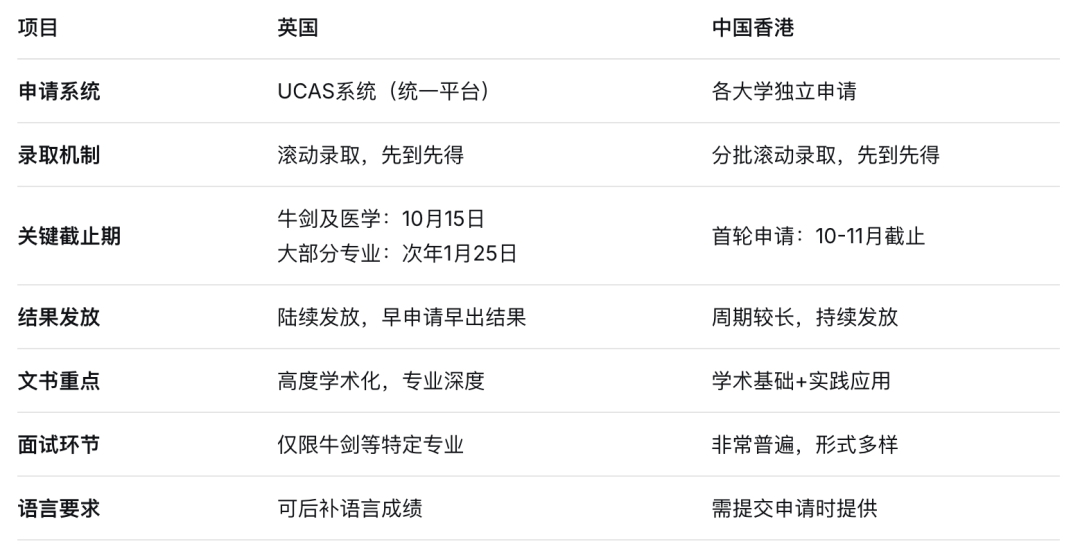WSC Weekly2025世界学者杯the World Scholar's Cup
@WSC小学者们!Jerry喊你来看
WSC Weekly专栏啦!
2025年度主题:重燃未来Reigniting the Future

WSC Weekly专栏将精选最新话题内容
助力小学者准备世界学者杯!
让我们怀着永恒的学术精神与信念探索未来的无限可能吧!
锁定每周WSC Weekly
上期回顾&Quiz答案揭晓
在2025年世界学者杯第14期WSC Weekly栏目中,我们与小学者一起了解了火山喷发的条件。在上期的趣味Quiz中,你是否找到了正确答案?现在就让我们一起来揭晓吧!
如何唤醒一座休眠火山?
How to awake a dormant volcano?
第14期Quiz答案揭晓:
All of the following can cause a dormant volcano to erupt again EXCEPT以下所有情况都可能导致休眠火山再次喷发,除了
A. increase in the temperature of soil 土壤温度上升
B. unstable tectonic conditions 不稳定的构造条件
C. influx of new magma 新岩浆涌入
D. the contact of magma and seawater 岩浆和海水接触
E. the accumulation of gases in the chamber 火山腔内气体积聚
正确答案:A
Key: A
2025年第15期
Weekly Intro
贝多芬离世前留下的草稿,如何续写成为困扰音乐家们近两百年的难题。如今科学家们用AI给出了答案,成功续写出“以假乱真”的第十交响曲。本期Weekly,我们一起探究AI贝多芬的创作历程!
2025 No.15
续写第十交响曲,贝多芬和复活之间
只差一个AI?
Can AI complete Beethoven's 10th Symphony?
未完成的乐章
近两百年来,路德维希·范·贝多芬留下的几张关于其未完成的第十交响曲的草图,一直被视为一个引人入胜却毫无希望的音乐谜题。1827年,这位伟大的作曲家去世时,仅留下了一些旋律片段、简短的动机以及结构性笔记,这些都原本是他下一部杰作的雏形。对许多音乐家和学者而言,凭借这些零散的素材完成一部交响曲,几乎是不可能的任务,甚至会被视为对贝多芬遗产的背叛。然而,这一切在人工智能介入之后发生了改变。2021年,一个开创性的项目汇集了音乐学家、作曲家、历史学者和计算机科学家,为了一个大胆的目标:利用人工智能生成完整版本的贝多芬第十交响曲。这场融合过去与未来、人类与机器的合作创作,展示了人工智能在被审慎使用时,如何成为人类的创意伙伴。
For nearly 200 years, the few sketches left behind by Ludwig van Beethoven for his unfinished 10th Symphony were seen as an intriguing yet hopeless musical puzzle.When the great composer died in 1827, he left only brief fragments—melodic ideas, short motifs, and structural notes—for what was supposed to be his next masterpiece. To many musicians and scholars, it was impossible to finish a symphony from such sparse materials without betraying Beethoven's legacy. That was, until artificial intelligence stepped in. In 2021, a groundbreaking project brought together musicologists, composers, historians, and computer scientists with a bold goal:use AI to generate a completed version of Beethoven's 10th Symphony.The result was a collaborative creation that blurred the line between past and future, man and machine. It demonstrated how artificial intelligence, when used thoughtfully, can serve as a creative partner.
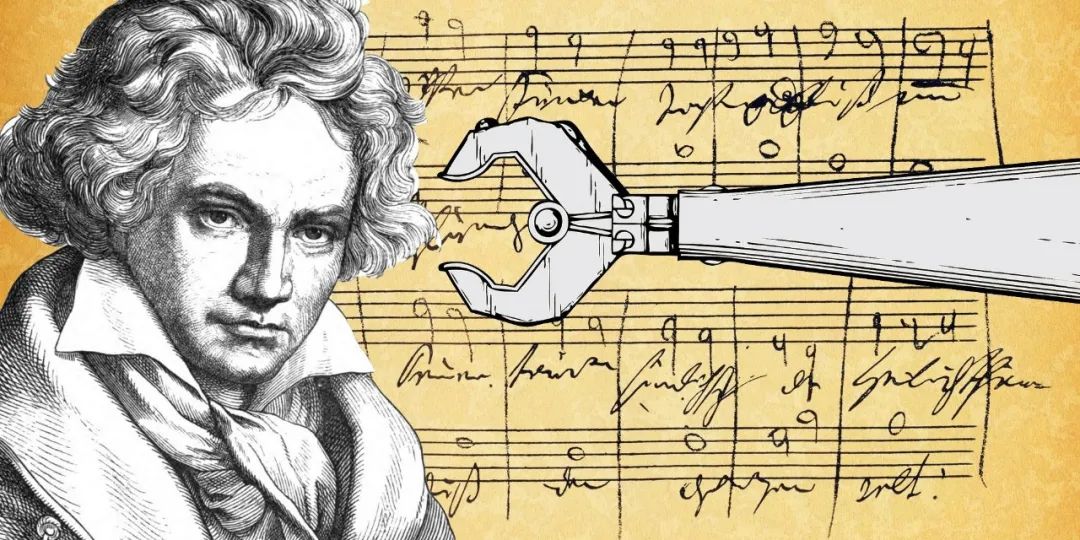
贝多芬的音乐语言
贝多芬的第十交响曲在他去世时几乎尚未动工。他仅留下了少量笔记和粗略的主题片段,远不足以拼凑出完整作品。此前也曾有续写贝多芬第十交响曲的尝试,例如英国作曲家巴里·库珀(Barry Cooper)在1988年重构的第一乐章。但这些尝试都存在很大的局限性,主要是解读性的作品。而完整的四乐章交响曲,仅靠现存草稿几乎不可能实现。但如果有一个系统能够“学会”贝多芬的整个音乐语言会怎样?如果它不仅能分析第十交响曲的草图,还能学习贝多芬全部作品,以及影响他创作的作曲家呢?这正是由罗格斯大学“艺术与人工智能实验室”主任艾哈迈德·埃尔加马尔(Ahmed Elgammal)教授领导的团队的构想。在德国贝多芬纪念协会的资助下,他们开发了一个AI系统,该系统能够超越随机猜测,用“贝多芬的风格”来创作他未完成的作品。
Beethoven's 10th Symphony was barely started at the time of his death. He left behind a handful of notes and rough thematic fragments—nowhere near enough to piece together a complete work.Previous attempts, such as British musicologist Barry Cooper's reconstruction of a first movement in 1988, were limited in scope and highly interpretive. The full symphony, consisting of four distinct movements, was far too complex to realize from the surviving sketches alone.But what if a system could learn Beethoven's entire musical language?What if it could study not only the 10th Symphony's sketches, but the entire body of Beethoven's work and the composers who influenced him? That was the idea behind the team led by Professor Ahmed Elgammal, director of the Art & AI Lab at Rutgers University. With sponsorship from the Beethoven Anniversary Society in Germany, they developed an AI system trained to complete the unfinished symphony—not by guessing randomly, but by composing in Beethoven's style.
“复活”贝多芬
想要创作出令人信服的贝多芬交响曲,远不只是预测模型那么简单。音乐确实依赖模式,但它更依赖结构、情感与风格。为了准备训练,这个AI学习了数千部作品,不仅包括贝多芬的,也包括巴赫、海顿和莫扎特——这些都是贝多芬艺术成长中关键的影响者。AI的学习路径与贝多芬的艺术教育如出一辙。系统不仅需要掌握旋律,还必须理解贝多芬如何将简短动机发展成完整乐章,如何营造张力与释放,如何转调、调和和在节奏中创造戏剧效果。这就意味着,AI不仅需要预测下一个音符,还要掌控整段乐曲的结构:无论是赋格、谐谑曲,还是慢板乐章。
Creating a believable Beethoven symphony required more than predictive modeling.Music is about patterns, yes—but it's also about structure, emotion, and style. To prepare, the AI studied thousands of compositions, not only from Beethoven but also from Bach, Haydn, and Mozart—the same composers who had influenced Beethoven's own musical development.In this way, the AI's training mirrored the composer's artistic education.The system had to learn more than melodies. It needed to understand how Beethoven developed short motifs into full movements—how he built tension and resolution, how he shifted keys and modulated harmonies, and how he varied rhythms for dramatic effect. This meant teaching the AI not only how to predict the next note, but how to manage musical form across time: a fugue, a scherzo, or a slow adagio movement.
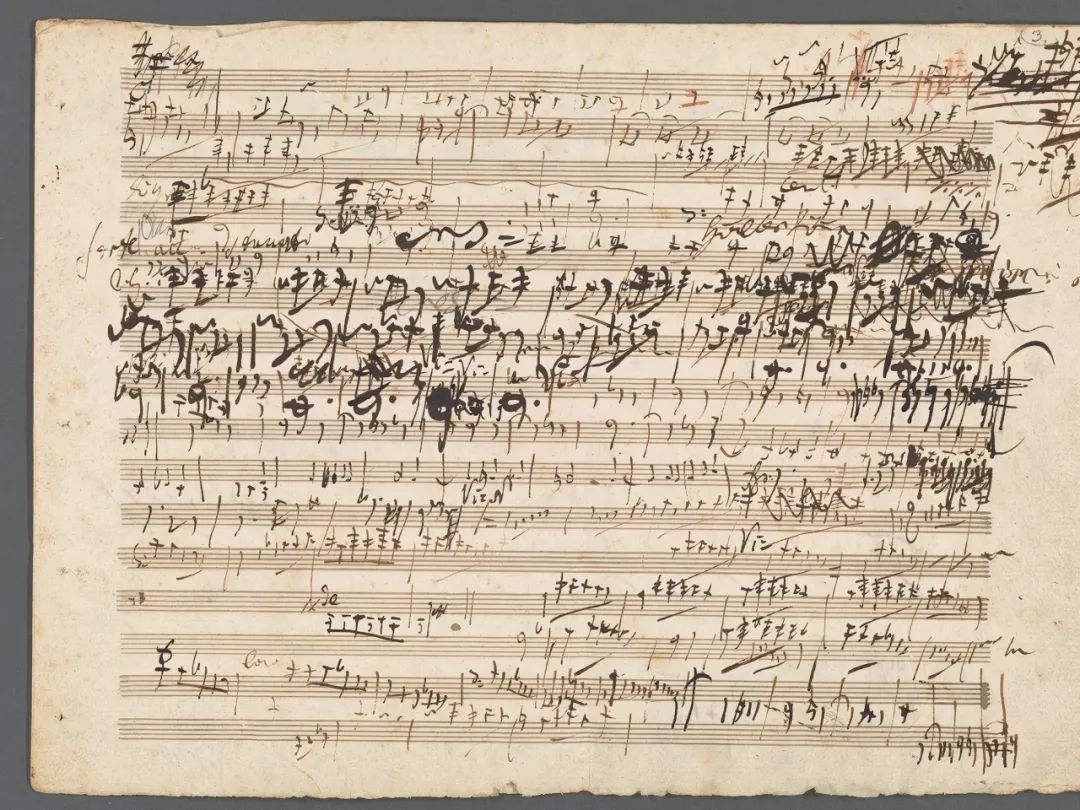
以假乱真的续作
其中最具挑战的部分之一是“和声配置”,即如何用合适的和弦与对位来支撑旋律。团队使用了一种类似于机器翻译的深度学习模型。就像AI可以翻译语言,它也学会了将旋律“翻译”为类似贝多芬风格的和声背景。在完成和声后,AI还需要进行配器,即决定哪些乐器演奏哪些部分。借助对贝多芬其他交响曲的分析,AI掌握了如何在弦乐、木管和铜管之间分配音乐线条,从而呈现出19世纪早期交响乐典型的音响质感与平衡。这一步骤对将简单旋律转化为具有情感张力的完整交响乐体验至关重要。最终的成果令人震撼:2021年10月9日,在贝多芬的出生地德国波恩,由贝多芬管弦乐团现场演奏了这部AI辅助完成的第十交响曲。无论是音乐家、历史学者,还是普通观众,许多人都被其逼真的听感所打动。对未经训练的听众而言,它甚至可以被误认为是真正的贝多芬作品。
One of the most challenging aspects was harmonization—deciding how to support a melody with appropriate chords and counterpoint. This was achieved using a deep learning model similar to those used in machine translation. Just as AI translates between languages, it learned to "translate" a melody into a harmonic context that would sound like Beethoven's. Once harmonized, the AI had to orchestrate the symphony: choosing which instruments would play which parts. Using data from Beethoven's other symphonies, the AI learned how to distribute musical lines among strings, winds, and brass in a way that reflected the texture and balance typical of early 19th-century orchestration. This step was critical to transforming mere musical lines into a full, emotionally powerful symphonic experience. The result was astonishing.On October 9, 2021, in Beethoven's birthplace of Bonn, Germany, the completed AI-assisted 10th Symphony was performed live by the Beethoven Orchestra.Many in the audience—musicians, historians, and ordinary listeners alike—were moved by how authentic it sounded. To the untrained ear, it could have passed for a genuine Beethoven composition.

AI艺术共创
对于这部由人工智能完成的交响曲,外界反应不一。有人称其为艺术与科学的非凡融合,是对贝多芬遗产的尊重和延续;也有人对此持怀疑态度,担心这类技术会贬低人类创造力的价值,甚至可能导致作曲家被取代。然而,该项目的创作者强调,人工智能并不是在取代艺术家,而是在增强他们的能力。机器并非独立运作,而是在每一个阶段都与人类作曲家、历史学家和音乐家密切合作。它遵循的是贝多芬留下的草图,而不是凭空捏造。某种意义上,AI 更像是在大师指导下完成作品的才华横溢的学生。该项目的意义远超贝多芬本身。如今,AI 已被用于完成舒伯特、马勒等作曲家的未竟之作,协助当代作曲家生成主题与结构,帮助音乐人突破创作瓶颈,提供旋律或和声灵感,甚至重现失传的传统,如古老的音乐风格或本土乐器等。
Reactions to the AI-completed symphony have been mixed.Some hail it as a remarkable fusion of art and science—a respectful continuation of Beethoven's legacy. Others view it with skepticism, concerned that such technology could devalue the role of human creativity or lead to the replacement of composers.Yet the creators of the project emphasize that AI is not replacing artists but augmenting them. The machine didn't work in isolation; it collaborated with human composers, historians, and musicians at every step. It followed Beethoven's sketches, not fabricated them. In essence, the AI acted as a talented student under the supervision of master teachers. The implications of this project stretch far beyond Beethoven. AI is already being used to complete unfinished works by composers such as Schubert and Mahler, assisting contemporary composers in generating themes and structures, helping musicians overcome creative blocks by suggesting melodic or harmonic ideas, and reviving lost traditions, such as ancient musical styles or indigenous instruments.
Weekly关键词 Key Word
►Beethoven 10th Symphony
贝多芬第十交响曲
所属话题
# Entertaining Ourselves Back to Life
相关阅读
https://www.beethovenx-ai.com/
https://www.youtube.com/watch?v=C-9MbCLsbSg
Weekly FUN Quiz
相信现在你已经了解了“AI如何续写贝多芬第十交响曲”!那就快来参与本期Weekly FUN Quiz👇,告诉老师你的答案吧!
Quiz
To train an AI model for completing Beethoven's 10th Symphony, which of the following is LEAST valuable to be included in the dataset? 要训练完成贝多芬第十交响曲的人工智能模型,数据集中最不应该包含以下哪项内容?
A. Score of Beethoven's 9th Symphony 贝多芬第九交响曲的乐谱
B. Score of Bach's musical work 巴赫音乐作品的乐谱
C. Story about Beethoven's childhood 贝多芬童年的故事
D. Modern symphony theory 现代交响乐理论
E. Mechanism of different instruments 不同乐器的机理


